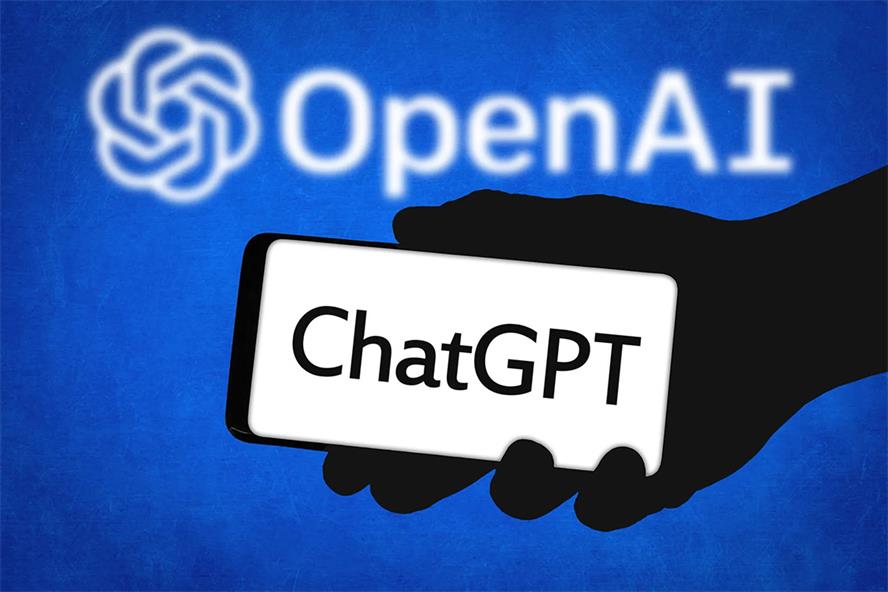Anthropic’s $3B Revenue Run Rate Signals a New Era of Enterprise-Grade Generative AI
Over the past six months, the generative AI landscape has once again defied expectations—this time, in terms of commercial speed and scalability. One company that’s setting the pace is Anthropic, a rising force in the AI industry.
According to a recent Reuters report, Anthropic’s annualized revenue skyrocketed from $1 billion in December 2024 to $3 billion by May 2025—a threefold surge in just half a year. In the world of cloud software, such acceleration is almost unheard of. As VC analyst Alex Clayton noted, after examining over 200 SaaS IPO trajectories, he’s never seen such a steep revenue curve.

What exactly is fueling this explosive growth—and what does it mean for the future of AI-powered tools?
Claude's Enterprise-First Strategy Is Paying Off
Unlike OpenAI, which derives a large share of its income from consumer subscriptions, over 85% of Anthropic’s revenue comes from enterprise-facing API usage. This model transforms their flagship AI model, Claude, into a pay-as-you-go service—comparable to utilities like electricity or cloud storage.

Once businesses integrate Claude into internal workflows—whether for customer support, software development, or risk analysis—usage rapidly compounds. This “integrate once, pay continuously” strategy not only creates sticky customers but also unlocks massive long-term value.
In contrast, OpenAI continues to scale its ChatGPT Plus ($20/month) and ChatGPT Enterprise offerings. As of May 2025, ChatGPT Enterprise surpassed 3 million paid seats, up from 2 million in February, with clients ranging from T-Mobile to Morgan Stanley. Despite differing go-to-market strategies, both companies point to the same conclusion: generative AI has officially entered the monetization phase.
You can explore more AI customer support tools in our Chatbots category.
Code Generation: The Killer Use Case for Generative AI
While generative AI shows promise across domains, code automation has emerged as its first undeniable killer app.
Reuters highlighted this as a key driver behind Anthropic’s revenue spike. Many companies now rely on Claude as a tireless AI programmer—writing tests, cleaning up legacy code, and automating scripts. These repetitive tasks, once a time drain for developers, are now being handled 24/7 by AI.
Supporting this trend, GitHub’s Copilot now boasts 1.3 million paying users and over 50,000 enterprise clients. The tool’s impact is measurable: faster development cycles, fewer bugs, and significant reductions in engineering costs. It’s no longer theoretical—AI coding tools are becoming essential infrastructure.
Looking for more options? Check out tools like MutableAI and Codeium in our Coding Assistants section.
From SaaS to PLG: How Generative AI Mimics Cloud Economics
Another driver of rapid adoption is the frictionless SaaS-style delivery of AI services. Developers can launch features by calling an API key; users can swipe a card and start prompting a model like Claude or GPT-4. There’s no setup cost, no hardware dependency—just immediate access.
This approach aligns perfectly with product-led growth (PLG) models: offer generous free tiers, win over small teams, then scale across entire organizations. As usage expands organically, conversion to paid tiers becomes inevitable.
Moreover, capital backing has played a decisive role in turning the flywheel. Anthropic has secured multi-billion-dollar investments from Google and Amazon—not just funding, but GPU access and strategic distribution. Meanwhile, OpenAI benefits from deep integration with Microsoft’s Azure cloud, effectively embedding its models into enterprise IT stacks.
This combination of capital, compute, and seamless delivery fuels faster model iterations, stronger performance, and better UX—all of which reinforce user satisfaction and retention.
Behind the Profit Lies the Burn
While revenues soar, expenses remain steep. Another Reuters piece revealed that OpenAI may not be cash flow positive until 2029, due to relentless spending on GPUs, data centers, and elite talent.
Despite its massive scale, OpenAI projects $125 billion in revenue by 2029, an astonishing figure that underscores the scope of this sector. Yet it also highlights the precarious balancing act: continued growth demands continuous funding.
Generative AI companies may be earning big—but they’re also burning big. Without sustained investment, even the strongest players could face pressure once capital markets tighten.
What Anthropic’s $3B Run Rate Really Tells Us
At its core, this milestone represents early validation of generative AI’s enterprise utility. When deployed via APIs or SaaS products, models like Claude don’t just generate text—they generate efficiency, scale, and revenue.
It also signals a paradigm shift in how we define productivity. Tasks like writing emails, analyzing data, or coding no longer rely solely on human labor. Instead, we’re entering an era of human-AI collaboration, where knowledge work is being revalued and redistributed.
For individuals and organizations alike, the message is clear: those who adopt AI tools now will reap compounding productivity dividends. Those who don’t risk falling behind in the next cycle of transformation.
And this is just the beginning.
Explore more tools driving this wave of change in our AI Development Platforms category or dive into the Productivity & Workflow section to discover real-world applications.
Anthropic’s $3B annualized revenue may be eye-catching, but it’s far more than a financial headline—it’s a signal that generative AI is becoming essential infrastructure for modern business.
As the ecosystem expands, we’ll likely see more specialized tools, deeper integrations, and a growing divide between early adopters and the rest. Whether you're a developer, manager, or AI enthusiast, staying ahead means knowing which tools matter and how to use them effectively.
For more insights, explore our curated list of top AI tools, or browse by category to find what fits your needs.